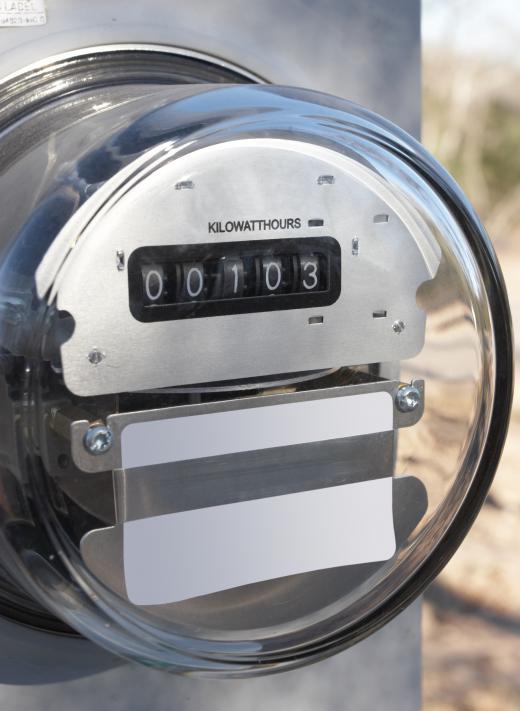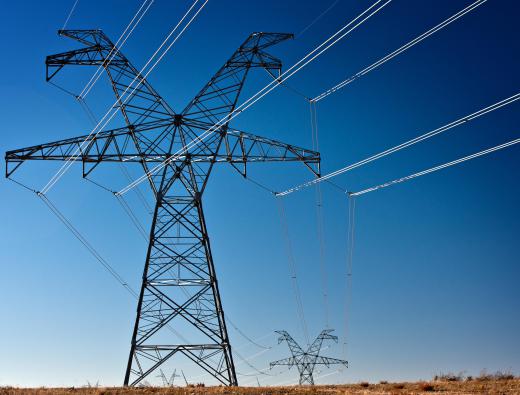A grid code is a set of rules that power plants and engineers use to distribute electricity. It often determines the amount of electricity that is sent to the various service addresses that connect to a power grid. When a location's electrical system experiences high amounts of voltage, a grid code helps prevent potential outages and surges. Local or national governments may influence a grid code's development, including any modifications.
The premise behind a grid code is to establish restrictions on how, when and where electricity gets distributed. It typically consists of exact protocols that need to be adhered to. Power plants and companies are usually required to adjust the amount of electricity that is sent through the electrical grid according to the code. Failure to do so could result in safety issues or unwanted government attention.

Traditional power plants are not the only types of energy producers that are bound by a grid code. Renewable or alternative energy producers, such as wind turbine farms, are also subject to the code's rules. In order to meet code restrictions, renewable energy producers may need to ensure that the voltage generated by the farms' is low enough to not cause surges. High amounts of electricity produced in a short time span might trip or disrupt a jurisdiction's entire electrical grid.

One of the main advantages of grid codes is the prevention of service interruption. Part of the protocol established in the code is a plan for responding to system faults and overloads. A system of checks and balances is maintained by power plant engineers and operators. For example, a temporary reduction in the amount of electricity that is sent to one part of a city may be used to accommodate a sudden jump in voltage in another section.

Another component of grid codes is a set of rules for responding to outages and surges that contribute to breaker trips in the system. A grid code will often contain a set of communication protocols for power plant operators. Stability is the main concern behind any code, since most of the industrialized world is dependent upon reliable sources of electricity. In addition to a set of proactive behaviors operators should take, a well established grid code also contains a set of reactive behaviors.
These types of behaviors are used to respond to issues after they occur, rather than prevent them. Some reactive behaviors may include switching from electrical transmissions that occur in one direction to transmissions that flow parallel to each other. Such a behavior might be used to ease up system congestion and increase capacity.
